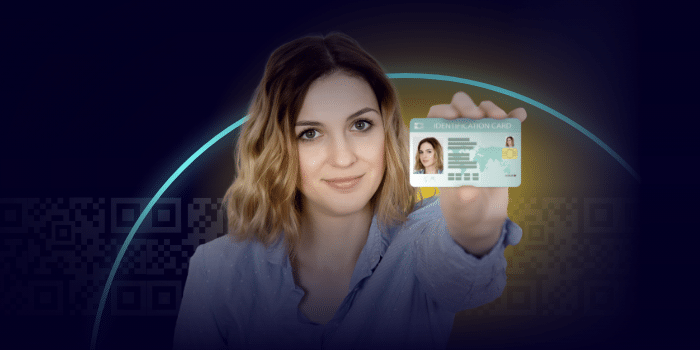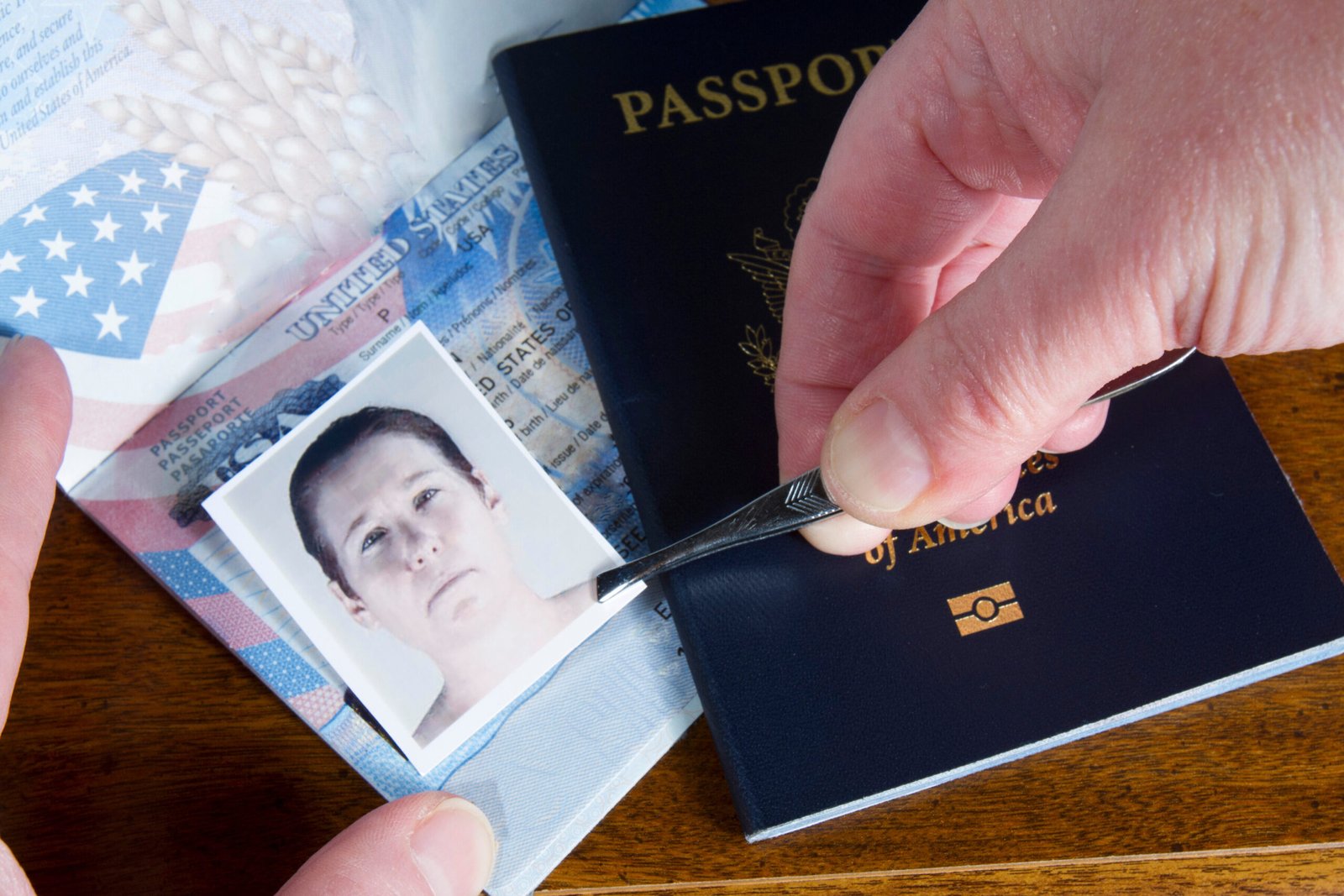In the vibrant and often chaotic lives of college students and young adults, the topic of fake IDs can be as common as discussing the latest Netflix series or the upcoming midterms. While some might view fake IDs as a harmless rite of passage or a clever way to bypass age restrictions, the reality is far more complex. This blog post aims to unravel the layers of this intriguing subject, shedding light on the creation, use, and legal ramifications of fake IDs.
What Are Fake IDs?
Fake IDs are counterfeit identification cards that mimic official documents such as driver’s licenses or state IDs. These fraudulent documents are typically used to gain access to age-restricted activities like drinking alcohol, entering nightclubs, or gambling. The allure of fake IDs lies in their ability to momentarily grant freedoms usually reserved for older individuals. However, the consequences of possessing or using a fake ID can be severe.
For college students and young adults, the temptation to use fakeIDs often stems from social pressures and the desire for new experiences. Understanding what fakeIDs entail can help demystify the allure and highlight the potential risks involved. Legal professionals also need to be aware of the intricacies of fake IDs, as they often encounter cases involving these counterfeit documents.
The Evolution of Fake IDs
The methods and materials used to create fake IDs have evolved significantly over the years. In the past, fake IDs were often rudimentary, with obvious flaws that made detection relatively easy. Today, however, advancements in technology have made it possible to create highly realistic fakeIDs that are difficult to distinguish from genuine ones.
The evolution of fake IDs can be attributed to several factors, including the widespread availability of high-quality printing equipment and the rise of online marketplaces where individuals can purchase sophisticated forgeries. These developments have made it increasingly challenging for authorities to combat the proliferation of fakeIDs.
For legal professionals, staying informed about the latest trends in fake ID production is crucial. By understanding the methods used by counterfeiters, they can better advise their clients and contribute to efforts aimed at curbing the use of fakeIDs.
The Process of Creating Fake IDs
Creating a fake ID involves several steps, each requiring a certain level of skill and access to specific materials. The process typically begins with obtaining a template, either by scanning an existing ID or downloading one from the internet. This template serves as the foundation for the fake ID.
Next, graphic design software such as Adobe Photoshop is used to modify the template, adding the individual’s details and making any necessary adjustments to match the appearance of a genuine ID. This step requires a keen eye for detail and a good understanding of graphic design principles.
Once the design is complete, the fake ID is printed using high-quality equipment, often on specialized materials that mimic the look and feel of real IDs. Laminating the ID and adding security features, such as holograms and barcodes, can further enhance its authenticity.
While creating a fake ID may seem like a fascinating exercise in graphic design, it is important to remember that the use of fakeIDs is illegal in most jurisdictions. The penalties for creating or using a fake ID can be severe, including fines and imprisonment.
The Risks of Using Fake IDs
Using a fake ID may seem like a harmless way to gain access to age-restricted activities, but the risks far outweigh the potential benefits. Individuals caught using fakeIDs can face serious legal consequences, including criminal charges, fines, and even jail time. Additionally, having a criminal record can have long-lasting effects on one’s future, including difficulties in securing employment or housing.
Aside from legal repercussions, using a fake ID can also put individuals in dangerous situations. For example, gaining entry to bars or clubs with a fake ID can expose young people to environments where they may be at greater risk of harm, including violence or exploitation.
Legal professionals should emphasize the risks associated with fakeIDs when advising their clients. By highlighting the potential consequences, they can help deter individuals from engaging in this risky behavior.
Detecting Fake IDs
Detecting fake IDs can be challenging, especially given the advancements in counterfeiting techniques. However, there are several strategies that authorities and businesses can use to identify fraudulent documents.
One common method is to examine the ID under a UV light, as genuine IDs often contain security features that are only visible under ultraviolet light. Additionally, checking for inconsistencies in the ID’s design, such as incorrect fonts or misplaced elements, can help identify fakeIDs.
Another effective strategy is to ask the individual for additional forms of identification or to verify their information through other means, such as a database. This can help confirm the legitimacy of the ID and prevent fraudulent use.
Legal professionals can play a crucial role in educating businesses and authorities about the latest techniques for detecting fake IDs. By sharing their knowledge and expertise, they can contribute to efforts aimed at reducing the prevalence of fake IDs.
The Legal Implications of Fake IDs
The legal implications of using or creating fake IDs vary depending on the jurisdiction, but they are generally severe. In many places, possessing a fake ID is considered a criminal offense, punishable by fines, community service, and imprisonment. Additionally, individuals caught using fake IDs may face charges related to fraud or identity theft.
For college students and young adults, a criminal record resulting from the use of a fake ID can have long-lasting consequences. It can impact their educational opportunities, job prospects, and even their ability to travel internationally.
Legal professionals should be well-versed in the laws surrounding fake IDs in their jurisdiction. This knowledge can help them provide accurate advice to their clients and assist in cases involving counterfeit identification.

The Role of Technology in Combating Fake IDs
Technology plays a crucial role in the efforts to combat fake IDs. Advancements in ID verification software and hardware have made it easier for authorities and businesses to detect fraudulent documents. For example, many establishments now use scanners that can verify the authenticity of an ID by checking its barcode or magnetic strip.
Additionally, some jurisdictions have implemented digital IDs or mobile driver’s licenses, which are stored on an individual’s smartphone and are more difficult to counterfeit. These digital IDs often include security features such as encryption and biometric authentication, making them a more secure alternative to traditional IDs.
Legal professionals should stay informed about the latest technological developments in ID verification. By understanding the tools available, they can better advise their clients and contribute to efforts aimed at reducing the use of fake IDs.
Educating College Students and Young Adults
Education is a key component in the efforts to reduce the use of fake IDs among college students and young adults. By providing information about the legal consequences and potential risks, authorities and institutions can help deter individuals from engaging in this behavior.
Educational campaigns can take various forms, including workshops, informational brochures, and social media campaigns. These initiatives should emphasize the importance of adhering to the law and the potential consequences of using fake IDs.
Legal professionals can play a crucial role in these educational efforts. By sharing their knowledge and expertise, they can help raise awareness about the risks associated with fake IDs and contribute to efforts aimed at reducing their prevalence.
Novelty and Collectible Fake IDs
While the use of fake IDs for illegal purposes is concerning, there is a market for novelty and collectible fake IDs. These IDs are often created as souvenirs, props for movies or theater productions, or simply as a way to showcase graphic design skills.
It is important to distinguish between novelty fake IDs and those intended for illegal use. While creating and possessing a novelty fake ID may not carry the same legal consequences as using one for fraudulent purposes, it is still essential to understand the potential risks and legal implications.
Legal professionals should advise their clients on the distinction between novelty and illegal fake IDs. By providing clear guidance, they can help individuals understand the potential consequences and make informed decisions.
The Ethical Considerations of Fake IDs
The creation and use of fake IDs raise several ethical considerations. While some may view the use of fake IDs as a harmless way to gain access to certain activities, others argue that it undermines the integrity of identification systems and can lead to more serious crimes.
For legal professionals, navigating the ethical landscape of fake IDs can be challenging. It is important to consider the broader implications of advising clients on this issue and to weigh the potential consequences of their actions.
Ultimately, legal professionals should strive to uphold the law and promote ethical behavior. By providing accurate and honest advice, they can help their clients make informed decisions and contribute to efforts aimed at reducing the prevalence of fake IDs.
Alternatives to Using Fake IDs
Instead of resorting to fake IDs, individuals can explore alternative ways to gain access to age-restricted activities. For example, some establishments offer special events or promotions for younger patrons, such as “mocktail” nights at bars or clubs.
Additionally, individuals can take advantage of online resources and communities to find age-appropriate activities and events. Many cities and towns offer a wide range of entertainment options for young adults, from live music and theater performances to sports and outdoor activities.
Legal professionals can play a role in promoting these alternatives. By sharing information about age-appropriate activities and events, they can help deter individuals from using fake IDs and encourage them to explore safer and legal options.
Conclusion
The world of fake IDs is complex and multifaceted, with implications for college students, young adults, and legal professionals alike. While the allure of fake IDs may be strong, it is important to understand the potential risks and consequences involved.
By staying informed about the latest trends and developments in fake ID production, detection, and legislation, legal professionals can provide accurate and valuable advice to their clients. Additionally, education and awareness efforts can play a crucial role in reducing the prevalence of fake IDs and promoting safer, legal alternatives.
For those considering the creation or use of a fake ID, it is essential to weigh the potential risks and make informed decisions. Remember, the consequences of using a fake ID can be severe, and there are often safer and legal alternatives available.
